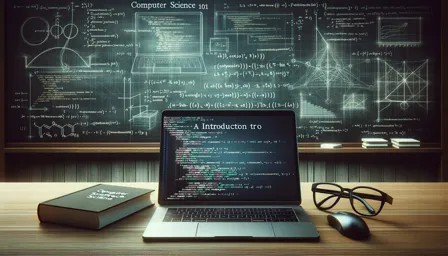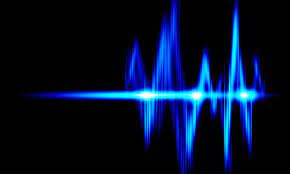
This course introduces fundamental physics concepts tailored for students in computer science, emphasizing practical applications and analytical thinking. It covers key areas of classical mechanics, electricity and magnetism, thermodynamics, and waves, with a focus on problem-solving and modeling. The course also explores the physical principles behind modern technologies such as semiconductors, circuits, and data storage devices. By integrating computational methods and simulations, students gain insight into how physics underpins computer hardware, sensors, and networking infrastructure. The course builds a foundational scientific perspective useful for understanding system performance, hardware design, and the physical limits of computation.
- To introduce core principles of physics relevant to computing and information technologies.
- To develop analytical and problem-solving skills through physical reasoning and mathematical modeling.
- To explore the physical foundations of hardware components such as circuits, semiconductors, and memory devices.
- To connect physical laws with the behavior of electrical and mechanical systems used in computing.
- To provide hands-on experience with simulations and computational tools for analyzing physical systems.
Learning Outcomes:
By the end of the course, students will be able to:
- Explain basic concepts in mechanics, thermodynamics, electromagnetism, and wave physics.
- Analyze physical systems using Newton’s laws, conservation principles, and electromagnetic theory.
- Understand the physics behind electronic components, such as resistors, capacitors, transistors, and diodes.
- Solve problems involving electric circuits and describe their relevance in computer hardware.
- Apply computational methods and simulations to model and visualize physical phenomena.
- Relate physical constraints to computing limits, such as energy consumption, heat dissipation, and data transmission.
- Demonstrate an understanding of how physical principles impact modern computing devices and systems.
Academic Year 2024-2025
Lecturer: Alfred MUKURU
- Teacher: content creator

The Waves and Optics course introduces students to the fundamental principles of wave motion and the behavior of light. It covers the properties and types of mechanical and electromagnetic waves, including reflection, refraction, diffraction, interference, and polarization. The course also explores the nature of light as both a wave and a particle, examining optical instruments, lenses, mirrors, and the human eye. Through theoretical concepts and practical experiments, students gain a deeper understanding of wave phenomena and optical systems, and their applications in science, technology, and everyday life.
Objectives:
- To understand the fundamental properties and behavior of mechanical and electromagnetic waves.
- To explore the principles of reflection, refraction, diffraction, interference, and polarization.
- To analyze the dual nature of light and its wave-particle behavior.
- To study the functioning and applications of optical instruments and devices.
- To develop skills in scientific reasoning, experimentation, and problem-solving related to wave and optical phenomena.
- Describe and differentiate between types of waves (transverse, longitudinal, mechanical, and electromagnetic).
- Apply principles of wave behavior to explain phenomena such as reflection, refraction, and interference.
- Understand and use the laws of geometrical optics in analyzing mirrors and lenses.
- Explain the wave and particle nature of light and how it relates to modern physics.
- Perform basic experiments to investigate wave properties and optical systems.
- Solve theoretical and practical problems involving wave motion and optics using appropriate formulas and methods.
Course Code: PHY 2302
Academic Year 2024-2025
Lecturer: Ssessazi Alfred MUKURU
- Teacher: content creator

